↧
Enlightened Audio Design DSP-1000 Series III D/A processor
Fri, 12/01/1995
↧
Accuphase DP-90 CD transport & DC-91 D/A processor

Thu, 06/01/1995
↧
↧
Apogee Electronics Groove D/A headphone amplifier

Tue, 12/22/2015
↧
AudioStreams #9

Tue, 12/29/2015
↧
Audio Note CDT One/II CD transport & DAC 2.1x Signature D/A processor

Tue, 12/29/2015
↧
↧
Chord Electronics Mojo D/A headphone amplifier

Wed, 01/27/2016
↧
PS Audio UltraLink D/A processor

Mon, 06/01/1992
↧
PS Audio UltraLink Two digital processor

Fri, 12/01/1995
↧
PS Audio NuWave DSD D/A processor

Thu, 04/28/2016
↧
↧
Meridian Explorer2 D/A headphone amplifier

Thu, 05/19/2016
↧
Ayre Acoustics Codex D/A headphone amplifier

Wed, 05/25/2016
↧
Moon by Simaudio Evolution 780D D/A processor

Thu, 07/21/2016
↧
AudioQuest DragonFly Red & Black USB D/A headphone amplifiers

Thu, 08/25/2016
↧
↧
Moon by Simaudio Neo 230HAD D/A headphone amplifier

Tue, 08/30/2016
↧
T+A Elektroakustik DAC 8 DSD D/A processor
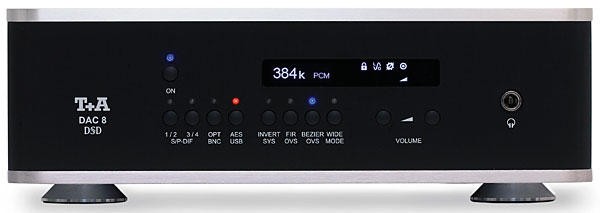
Tue, 10/04/2016
↧
Mytek HiFi Brooklyn D/A processor–headphone amplifier
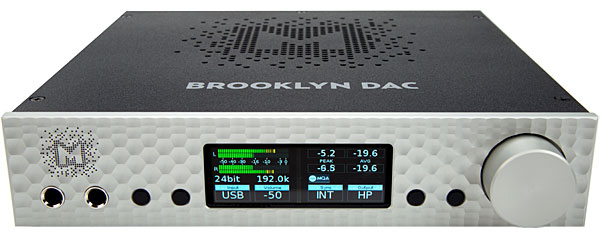
Fri, 10/28/2016
↧
dCS Rossini Player & Rossini Clock
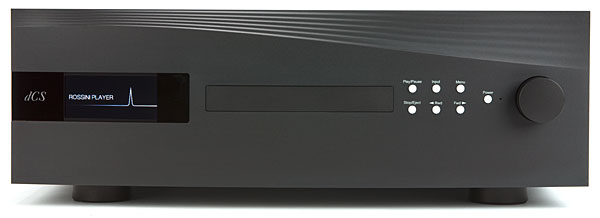
Fri, 11/18/2016
↧
↧
Bryston BDA-3 D/A processor
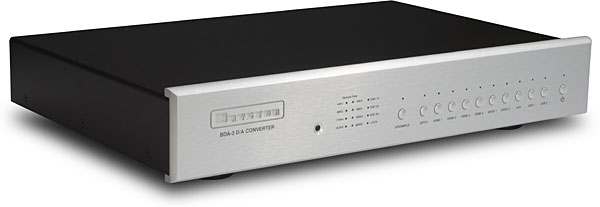
Wed, 11/23/2016
↧
Schiit Audio Yggdrasil D/A processor
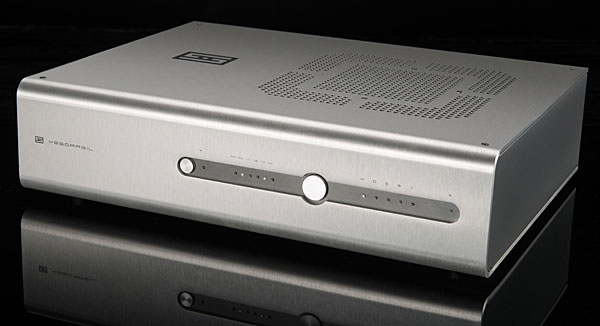
Wed, 01/18/2017
↧
Auralic Altair D/A processor
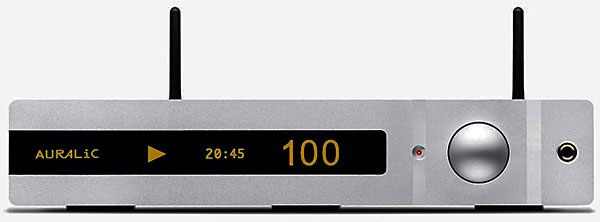
Thu, 02/16/2017
↧
 The EAD DSP-1000 III is housed in a 2.5" high, U-shaped chassis with a brushed-aluminum front panel. The cover is made of solid, 1/10"-thick steel with a nice "powder" finish, giving the unit an expensive feel. A pushbutton standby switch sitting below a green LED indicator sits at the panel's left. Even when set to Off, power is maintained for the decoder's circuits, but the digital inputs and analog outputs are muted. To the right, three pushbuttons allow selection of one of the three digital input sources (TosLink, 750 ohm coaxial, or glass optical interface). Like the EAD DSP-7000 unit reviewed by J. Gordon Holt and Steven Stone (Vol.18 Nos.1 & 5), the DSP-1000 accepts any of the three sampling rates: 32kHz, 44.1kHz, or 48kHz. Toward panel center is a lock light that illuminates when a digital data link is established. HDCD decoding occurs automatically whenever an HDCD disc is played, causing the front-panel HDCD indicator to light. No remote is available for this decoder.
The EAD DSP-1000 III is housed in a 2.5" high, U-shaped chassis with a brushed-aluminum front panel. The cover is made of solid, 1/10"-thick steel with a nice "powder" finish, giving the unit an expensive feel. A pushbutton standby switch sitting below a green LED indicator sits at the panel's left. Even when set to Off, power is maintained for the decoder's circuits, but the digital inputs and analog outputs are muted. To the right, three pushbuttons allow selection of one of the three digital input sources (TosLink, 750 ohm coaxial, or glass optical interface). Like the EAD DSP-7000 unit reviewed by J. Gordon Holt and Steven Stone (Vol.18 Nos.1 & 5), the DSP-1000 accepts any of the three sampling rates: 32kHz, 44.1kHz, or 48kHz. Toward panel center is a lock light that illuminates when a digital data link is established. HDCD decoding occurs automatically whenever an HDCD disc is played, causing the front-panel HDCD indicator to light. No remote is available for this decoder.